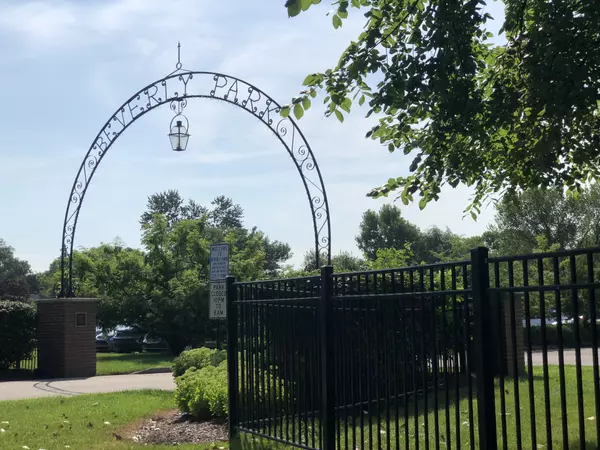

Top 5 Reasons Why You Should Sell This Year
You thought about it for awhile but this may be the year. It's an exciting time to consider the possibilities that downsizing can bring, and there are compelling reasons why this year is the prime time to put your home on the market. 1. High Demand in a Seller’s MarketThis is the year to capitalize
Read More

Don't Wait...Now Is The Time To Sell
In the world of real estate, timing can be everything. As a home seller, understanding market dynamics can empower you to make strategic decisions that maximize your returns. The current real estate landscape presents a perfect storm for home sellers, with low inventory, high interest rates, and so
Read More

Downsizing Myth: Smaller Home Means Cheaper Living
If you're considering selling your current home and downsizing into a smaller one, you might have heard the common misconception that a smaller house or condo automatically translates to a cheaper, budget-friendly lifestyle. But hold on – let's unravel the truth behind downsizing costs and make sur
Read More

Avoid the 5 Pitfalls of Moving Into an Assisted Living Community
Whether for yourself or for mom or dad, the decision to transition to an assisted living community is a significant one. Because this transition is often marked by a mix of anticipation and apprehension, we delay making the decision. We have some of the very best assisted living facilities in the Bi
Read More
Categories
Recent Posts










